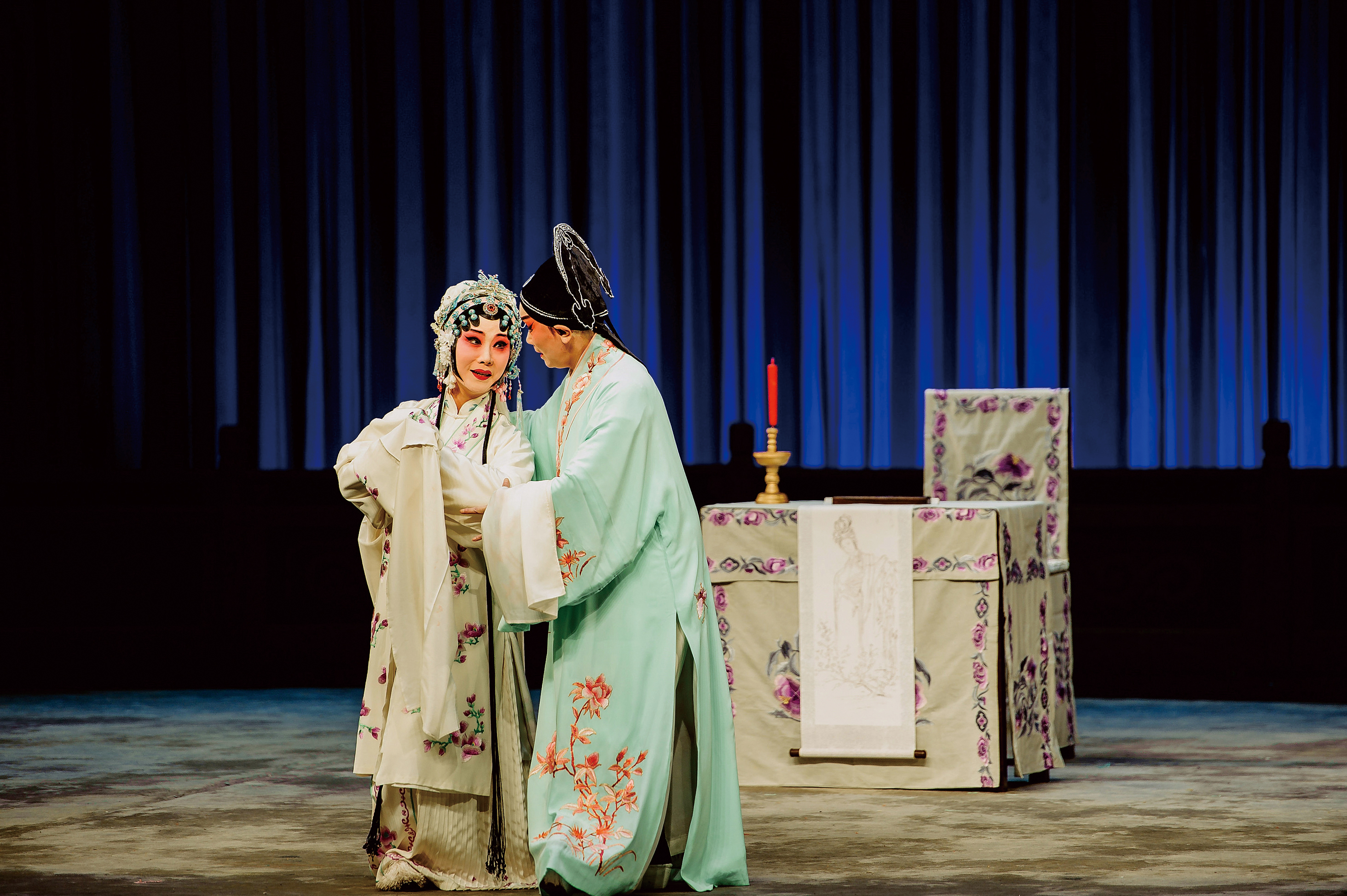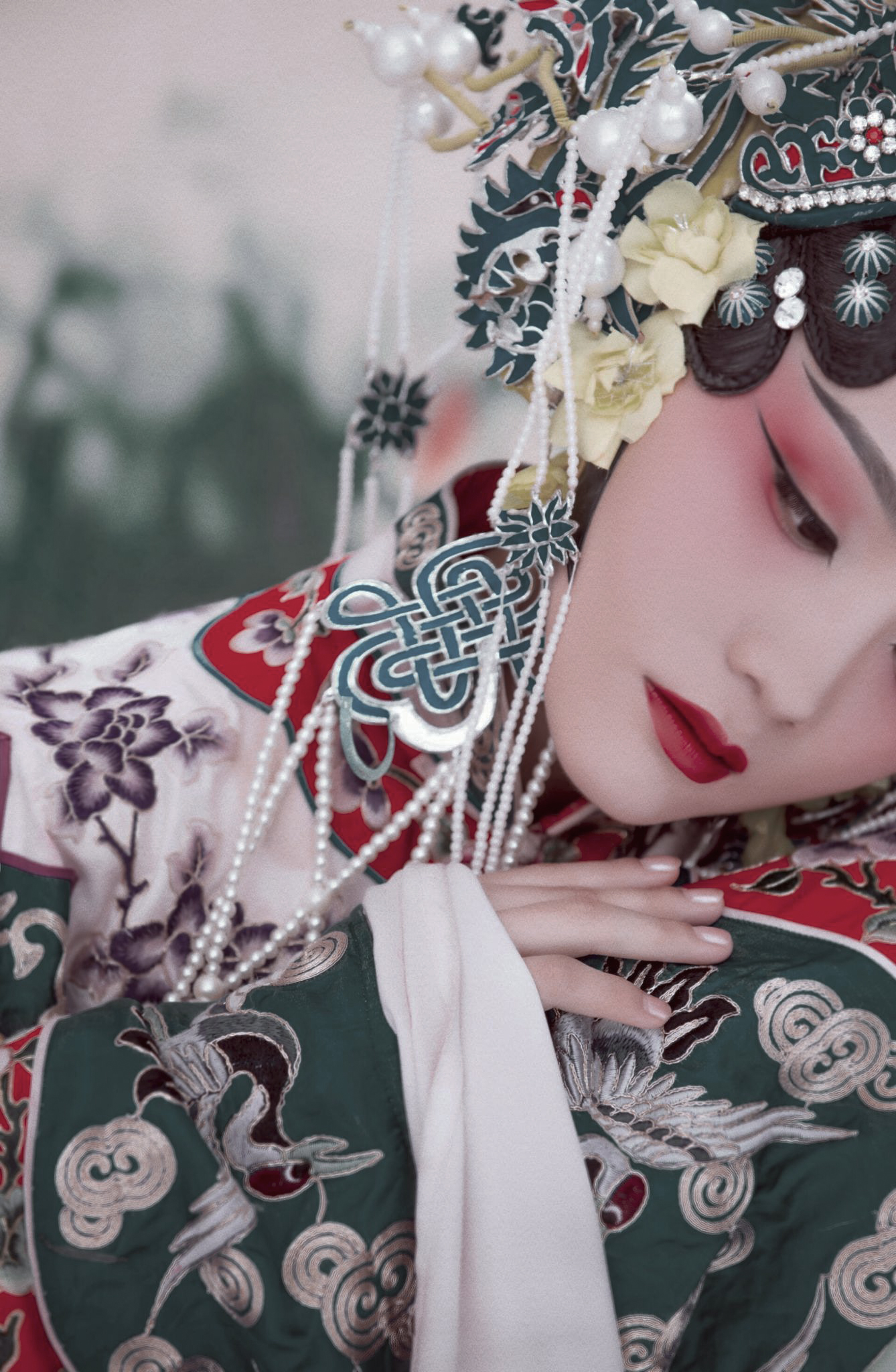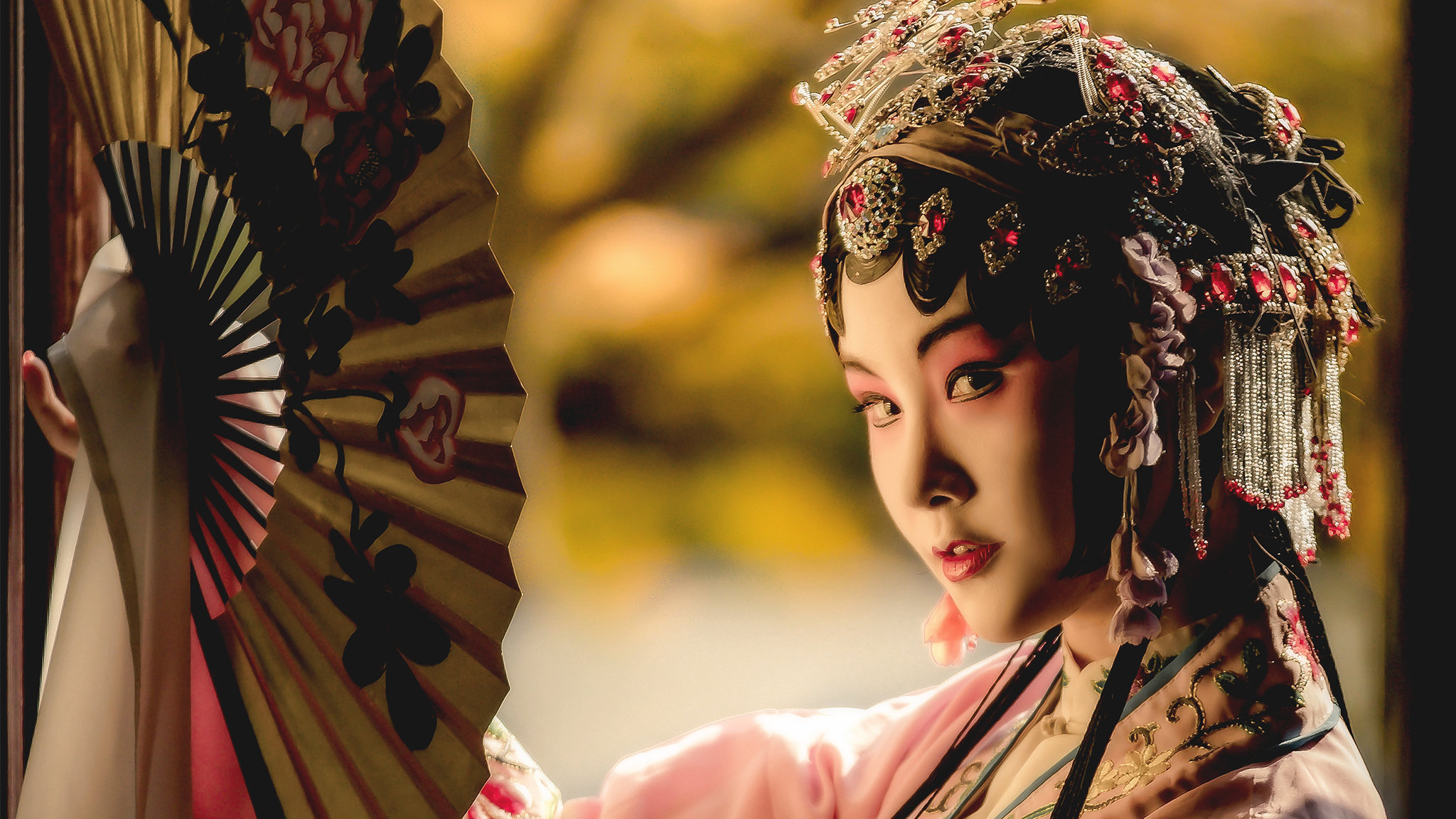昆剧又称昆曲,是现存的中国最古老的剧种之一,《牡丹亭》、《长生殿》是其传统的保留剧目。昆曲表演用管弦和打击乐器伴奏,配合腔调,整体有着委婉细腻、流丽悠长的“水磨调”风格,并且丰富耐听。
Kunju opera,also named Kunqu Opera, is one of the oldest operas in China. "The Peony Pavilion" and "The Palace of Eternal Life" are its traditional repertoires. The performance of Kunqu Opera is accompanied by orchestral and percussion instruments, with the accent, the overall style is euphemistic, delicate, fluent, and long, and it is rich and listenable.

一部昆曲史,半部在浙江。浙江与昆山毗邻,昆剧诞生后不久即传入浙江,深受浙江百姓喜爱。各剧团在浙江各地开科传艺,甚至受当地声腔影响,逐步形成各具地方特色的昆剧支脉,如温州昆剧、金华昆剧、宁波昆剧等。大名鼎鼎的昆剧《牡丹亭》便是由中国明代大戏曲家汤显祖于浙江任官时所作,对浙江戏曲界产生了巨大而深远的影响。
A history of Kunqu Opera, half of which is in Zhejiang. Zhejiang is adjacent to Kunshan. Kun Opera was introduced to Zhejiang shortly after its birth, and it was deeply loved by the people in Zhejiang. Various opera troupes have developed science and art in various parts of Zhejiang, even influenced by the local voice, they have gradually formed branches of Kun Opera with local characteristics, such as Wenzhou Kun Opera, Jinhua Kun Opera, Ningbo Kun Opera, and so on. The famous Kunqu Opera "The Peony Pavilion" was written by Tang Xianzu, a great Chinese opera artist in the Ming Dynasty, when he was an official in Zhejiang. "The Peony Pavilion" had a great and profound influence on the opera circles in Zhejiang.

昆曲的表演艺术深远影响了其他戏剧艺术,被称为中国的“百戏之祖”。昆曲是传统文化的结晶,也是戏曲表演的典范,兼充分的历史研究价值与艺术观赏价值,在2001年“昆曲”入选联合国教科文组织的首批“人类口头和非物质遗产代表作”。
The performing arts of Kunqu opera have profoundly influenced other theater arts, and it is known as China's "ancestor of a hundred operas." Kunqu Opera is the crystallization of traditional culture and a model of opera performance. It has full historical research value and artistic appreciation value. In 2001, Kunqu Opera was selected as one of the first “Masterpieces of Oral and Intangible Heritage of Humanity” by UNESCO.
